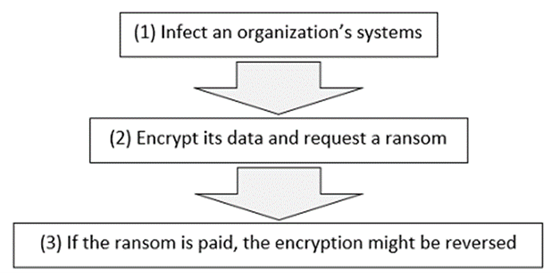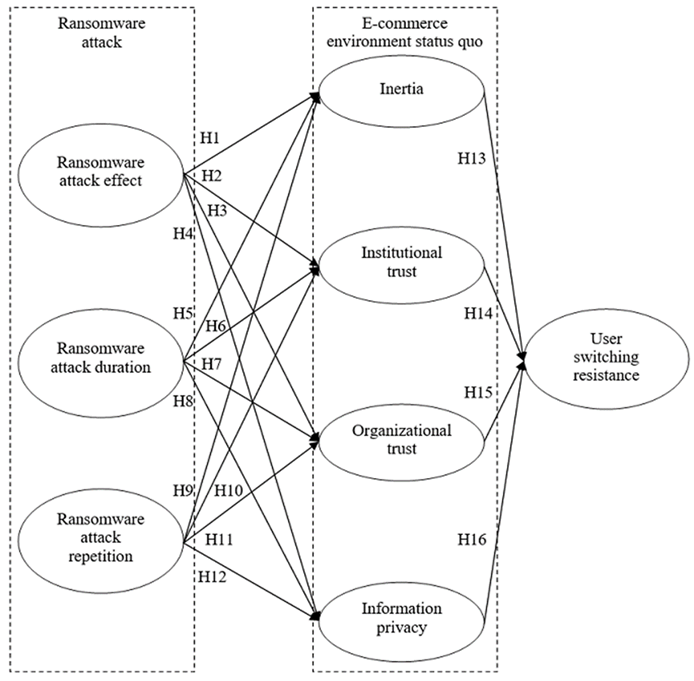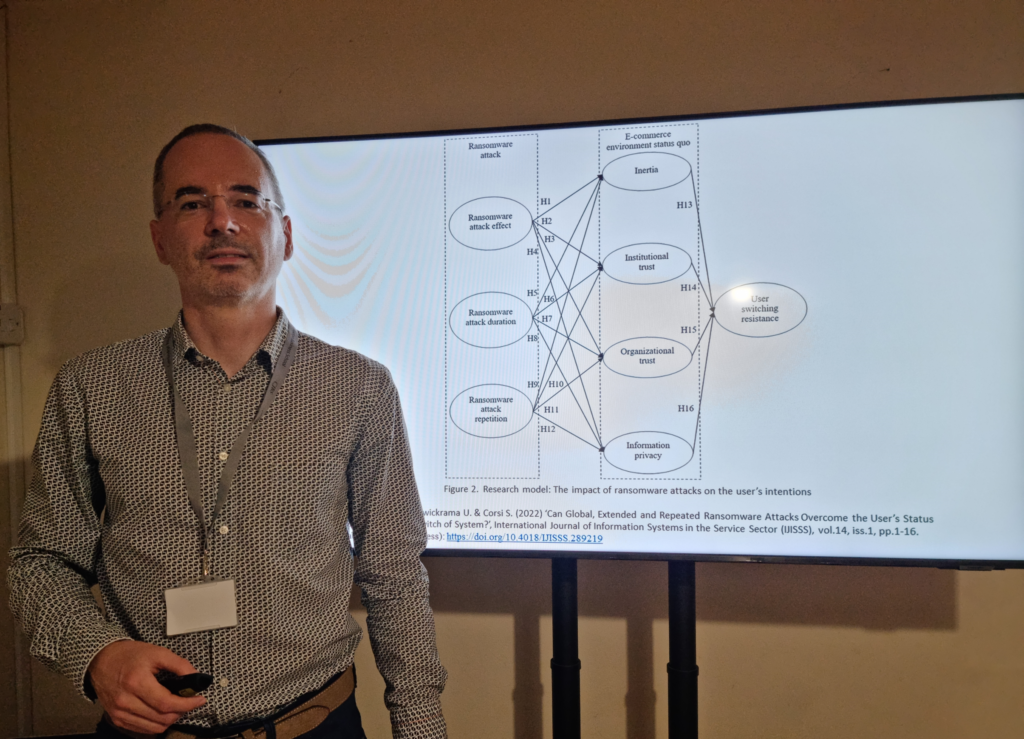Dr Alex Zarifis
Ransomware attacks are not a new phenomenon, but their effectiveness has increased causing far reaching consequences that are not fully understood. The ability to disrupt core services, the global reach, extended duration, and the repetition of these attacks has increased their ability to harm an organization.
One aspect that needs to be understood better is the effect on the consumer. The consumer in the current environment, is exposed to new technologies that they are considering to adopt, but they also have strong habits of using existing systems. Their habits have developed over time, with their trust increasing in the organization in contact directly, and the institutions supporting it. The consumer now shares a significant amount of personal information with the systems they have a habit of using. These repeated positive experiences create an inertia that is hard for the consumer to move out of. This research explores whether the global, extended, and repeated ransomware attacks reduce the trust and inertia sufficiently to change long held habits in using information systems. The model developed captures the cumulative effect of this form of attack and evaluates if it is sufficiently harmful to overcome the e-loyalty and inertia built over time.

Figure 1. The steps of a typical ransomware attack
This research combines studies on inertia and resistance to switching systems with a more comprehensive set of variables that cover the current e-commerce status quo. Personal information disclosure is included along with inertia and trust as it is now integral to e-commerce functioning effectively.
As you can see in the figure the model covers the 7 factors that influence the consumer’s decision to stop using an organization’s system because of a ransomware attack. The factors are in two groups. The first group is the ransomware attack that includes the (1) ransomware attack effect, (2) duration and (3) repetition. The second group is the E-commerce environment status quo which includes (4) inertia, (5) institutional trust, (6) organizational trust and (7) information privacy.

Figure 2. Research model: The impact of ransomware attacks on the consumer’s intentions
The implications of this research are both theoretic and practical. The theoretic contribution is highlighting the importance of this issue to Information Systems and business theory. This is not just a computer science and cybersecurity issue. We also linked the ransomware literature to user inertia in the model.
There are three practical implications: Firstly, by understanding the impact on the consumer better we can develop a better strategy to reduce the effectiveness of ransomware attacks. Secondly, processes can be created to manage such disasters as they are happening and maintain a positive relationship with the consumer. Lastly, the organizations can develop a buffer of goodwill and e-loyalty that would absorb the negative impact on the consumer from an attack and stop them reaching the point where they decide to switch system.

References
Zarifis A., Cheng X., Jayawickrama U. & Corsi S. (2022) ‘Can Global, Extended and Repeated Ransomware Attacks Overcome the User’s Status Quo Bias and Cause a Switch of System?’, International Journal of Information Systems in the Service Sector (IJISSS), vol.14, iss.1, pp.1-16. Available from (open access): https://doi.org/10.4018/IJISSS.289219
Zarifis A. & Cheng X. (2018) ‘The Impact of Extended Global Ransomware Attacks on Trust: How the Attacker’s Competence and Institutional Trust Influence the Decision to Pay’, Proceedings of the Americas Conference on Information Systems (AMCIS), pp.2-11. Available from: https://aisel.aisnet.org/amcis2018/Security/Presentations/31/